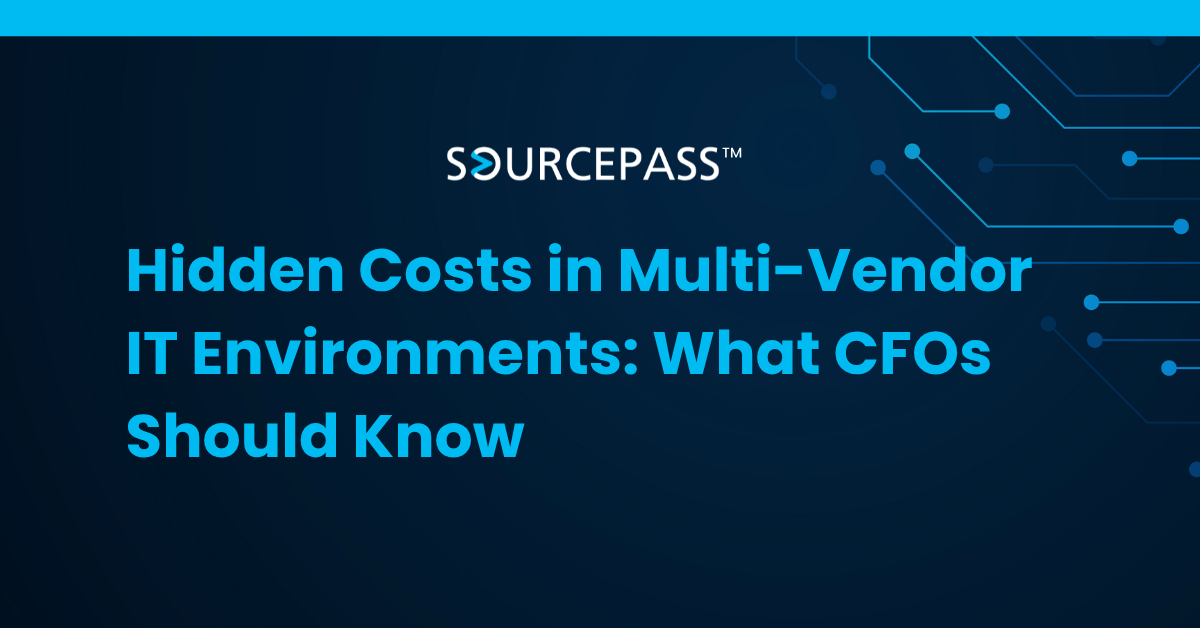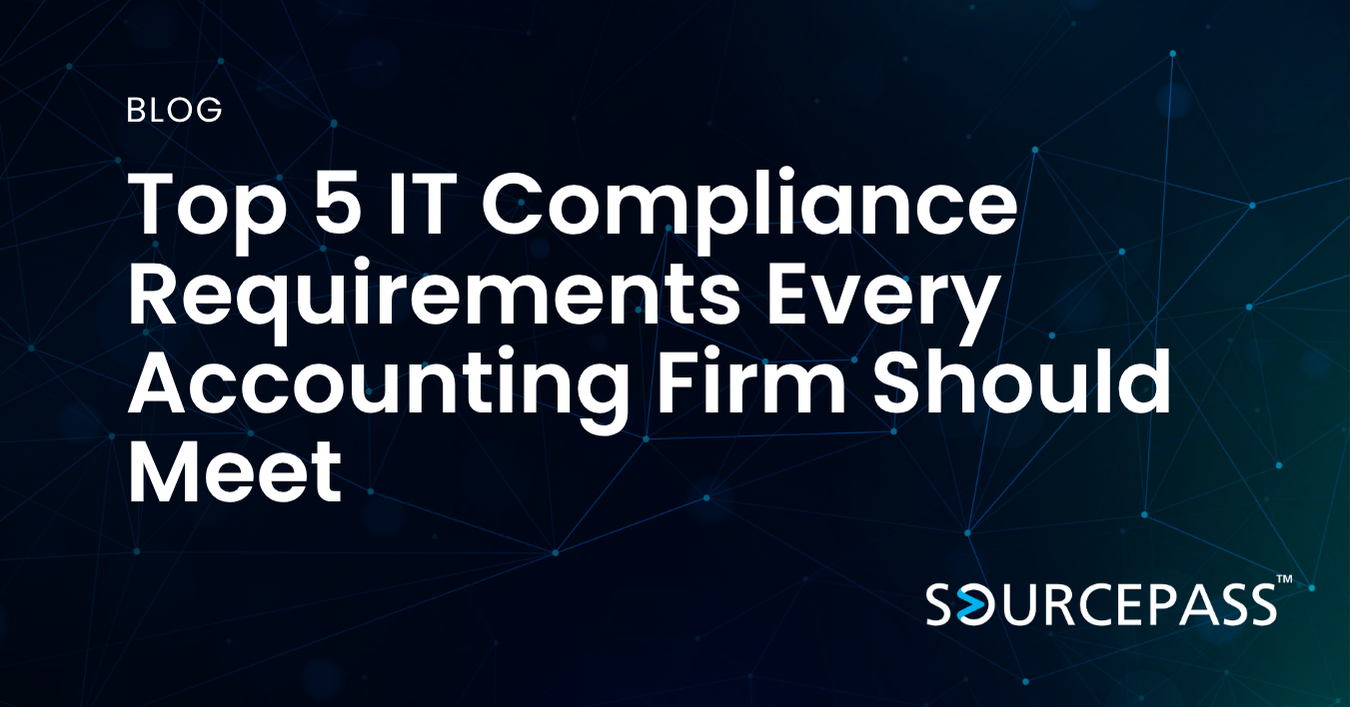Hidden Costs in Multi-Vendor IT Environments: What CFOs Should Know
Oct 15, 2025 Alex Davis Costs & Budget 2 min read



Managing multiple IT vendors may appear flexible, but for finance leaders, it often introduces hidden costs, operational friction, and increased financial exposure. While spreading services across vendors can reduce perceived dependence on a single provider, it can also erode visibility, weaken accountability, and inflate total cost of ownership.
This blog explores where those costs hide and how vendor consolidation can restore financial clarity, control, and predictability.
Where Financial Leakage Occurs in Multi-Vendor IT
1. Contract Overlap and Redundant Services
Different vendors often provide overlapping tools or services—multiple security platforms, duplicated backup systems, or overlapping monitoring tools. These hidden redundancies inflate operational expenses without added value.
2. Inconsistent Billing and Unpredictable Fees
Each vendor carries its own billing cycle, line items, and fee structures. Change orders, hourly escalations, and service premiums make budgeting difficult, especially when costs fluctuate outside of a fixed forecast.
3. Fragmented Accountability
When an incident occurs, vendors may defer responsibility to one another. This delays resolution, increases downtime, and drives indirect costs tied to operational disruption, lost productivity, or even reputational damage.
4. Increased Administrative Burden
Finance and operations teams spend time reconciling multiple invoices, managing contract renewals, and coordinating separate support escalations. These soft costs are rarely tracked but compound over time.
Financial Benefits of Vendor Consolidation
Single Point of Accountability
One provider eliminates handoffs and establishes financial and operational ownership of outcomes.
Centralized Billing and Predictability
Consolidation enables fixed monthly pricing models, bundling IT, cloud, and security into a single, forecastable contract.
Integrated Strategy and Spend Alignment
A unified partner can align IT investments with business objectives, helping CFOs evaluate ROI and eliminate waste across tools, licenses, and platforms.
Risk Implications: Compliance, Security, and Downtime
Each vendor poses a separate security and compliance risk. Inconsistent standards increase vulnerability. Consolidation centralizes controls, introduces standardization, and strengthens readiness for audits or cyber insurance requirements.
How CFOs Can Take Control
CFOs do not need to manage technology—but they must manage the financial structure around it. Vendor consolidation provides:
-
Clear visibility into IT spend
-
Reduced financial risk
-
Measurable business outcomes rather than transactional services
Final Thought
Multi-vendor environments often reflect a reactive IT history, not a strategic future. By streamlining vendors, finance leaders can convert IT from a cost center full of hidden liabilities into a disciplined, performance-driven investment.
FAQs: For CFOs Evaluating IT Vendor Consolidation
How do I identify redundant costs across vendors?
Start with a full audit of contracts, tools, and services. Look for duplicate platforms, overlapping functions, and variable billing terms.
Does consolidation always mean lower cost?
Not always immediately, but it drives long-term savings through simplified contracts, predictable pricing, and elimination of inefficiencies.
Is switching to a single provider risky?
The risk lies not in consolidation, but in choosing the wrong partner. Evaluate accountability, scope, security maturity, and strategic services.
How can I measure ROI after consolidating vendors?
Track downtime reduction, ticket resolution speed, incident response quality, and total monthly cost reduction against previous multi-vendor spend.
Subscribe To
Sourcepass Insights
Sourcepass Insights
Stay in the loop and never miss out on the latest updates by subscribing to our newsletter today!
.png?width=500&height=100&name=White%20Logo%20-%20Transparent%20Tag%20(3).png)



